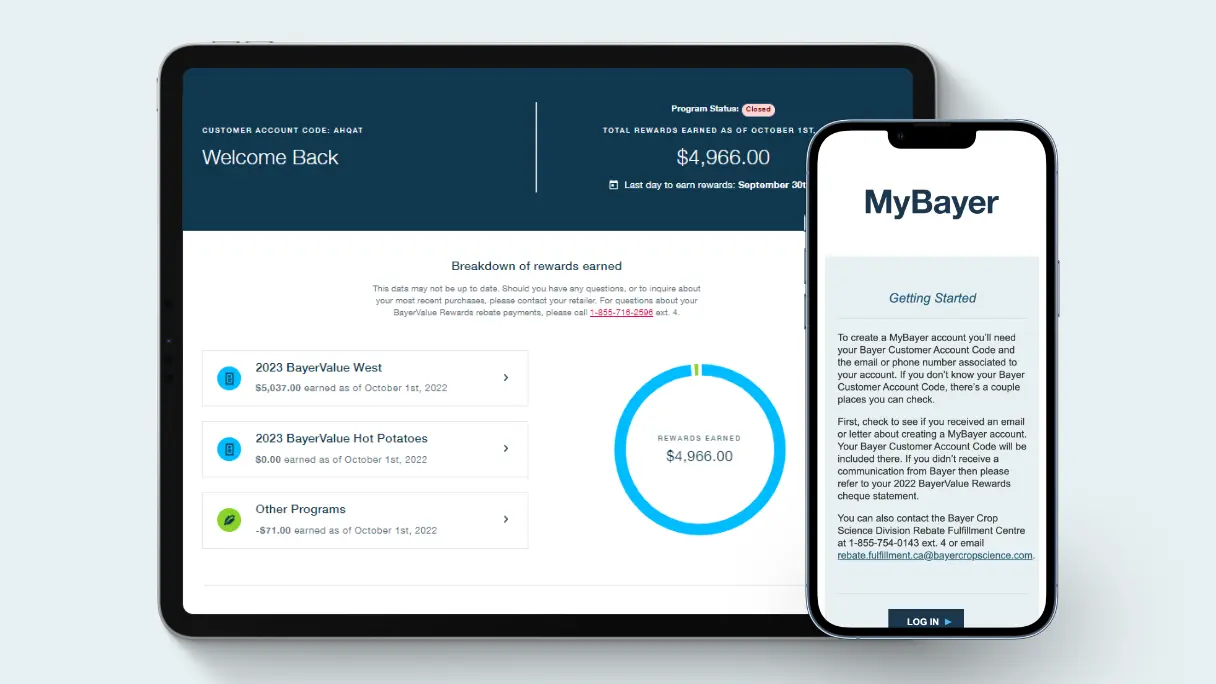Ready to be your #1 canola seed
The best way to stand out? Results. See how DEKALB® is proving performance where it matters most
In Season
Seed Products
DEKALB Seed
CROP PROTECTION
Crop Protection
Everything you need to grow
AGRONOMIC RESOURCES
Featured Products
AGRONOMIC RESOURCES
